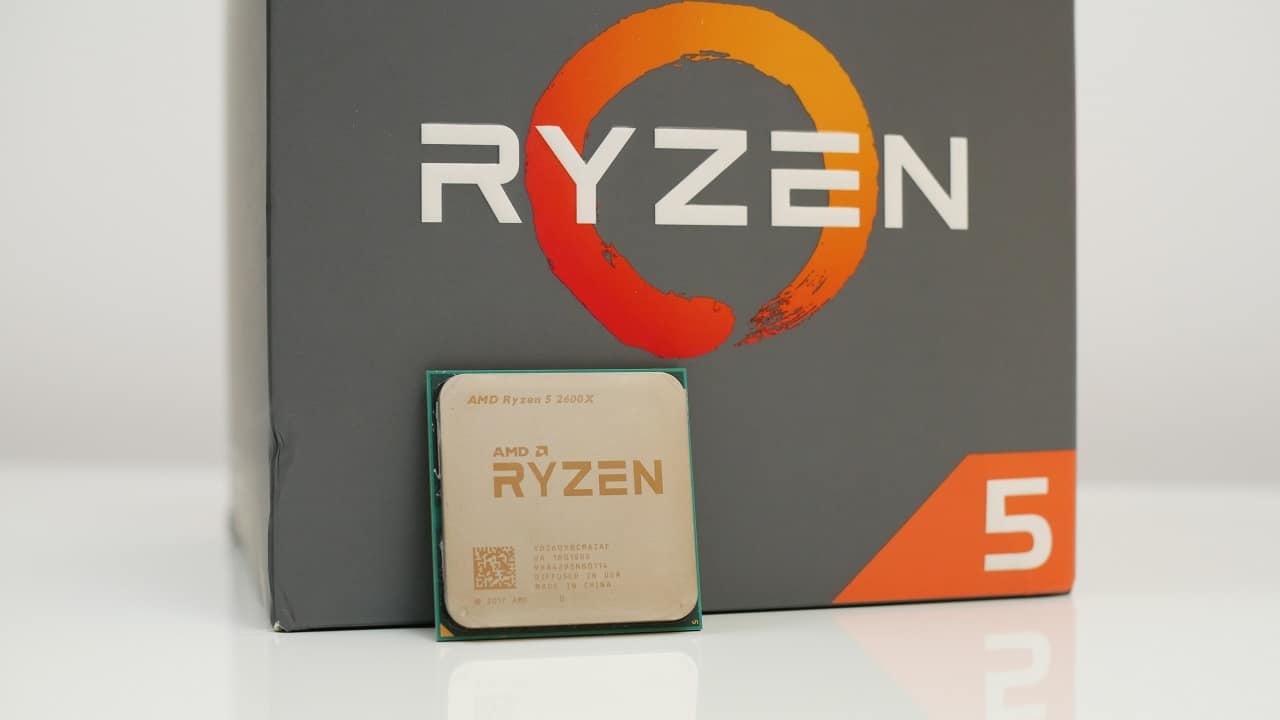AMD Ryzen 5 1600X vs 2600X vs 3600X vs 5600X: Specs| Hashrate|CPU performance| Details and other relevant information.
In the last few years, AMD’s Ryzen processors have become a very important benchmark in the gaming PC industry. Processors such as i Ryzen 1600X, 2600X, 3600X e 5600X, thanks to the low prices and excellent performance, they have often become obligatory choices for gamers who, comparing the various CPUs available, have chosen AMD’s proposals
The number of users who, when defining their configuration, choose an AMD CPU, preferring it to an Intel one, is constantly growing and this happens in the low, medium and high range. The factors that determined this choice are different. From the quality / price ratio to in-game performance and up to the possibility of exploiting better performance in other applications, the choice of a Ryzen CPU is increasingly frequent.
But how have AMD’s Ryzen processors evolved over the years? The first generation Ryzen CPU for desktop PCs hit the market in mid-2017. Subsequently, after more than a year, AMD launched the Ryzen 2000, based on 12nm Zen + microarchitecture. During 2019 the Ryzen 3000 with Zen2 at 7 nm arrived while at the end of 2020 the sales of the Ryzen 5000 with Zen3 at 7 nm started (the Ryzen 4000 for desktop were a refresh of the previous generation and arrived only for the OEM).
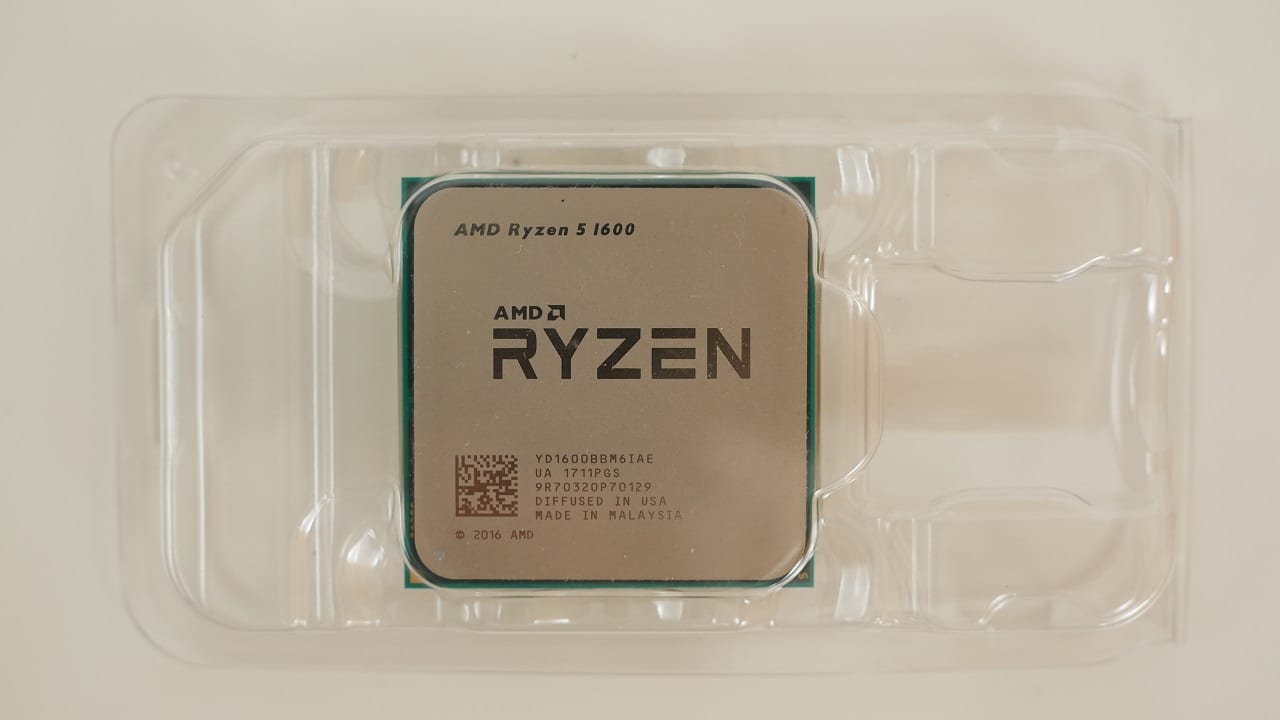
Over the course of nearly four years, the evolution of AMD’s CPUs has been significant, especially when it comes to use in a gaming PC. In modern games, the CPU is increasingly important and the evolution of Ryzen has ensured a constant improvement in performance. For those who use streaming programs or use their PC with various types of applications (photo and video editing, professional software of various types, etc.) being able to count on processors that, from generation to generation, improve significantly is important.
To clarify how AMD’s Ryzen processors have evolved and, in particular, how gaming performance has changed, we will analyze the behavior of the main CPUs below. The comparison will, in fact, focus on Ryzen 1600X, 2600X, 3600X e 5600X. These are four CPUs characterized by the same configuration (6 cores and 12 threads) and with the same name “Ryzen 5“. The performance analysis of these processors confirms how AMD has improved its processors year after year.
Ryzen 1600X vs 2600X vs 3600X vs 5600X – She compares techniques
Before going into the details of the performance of the Ryzen 1600X, 2600X, 3600X and 5600X, let’s briefly summarize and put I compare the data sheets of the four processors. As pointed out above, the four AMD CPUs have kept the same configuration (as well as a very similar positioning as regards the selling price).
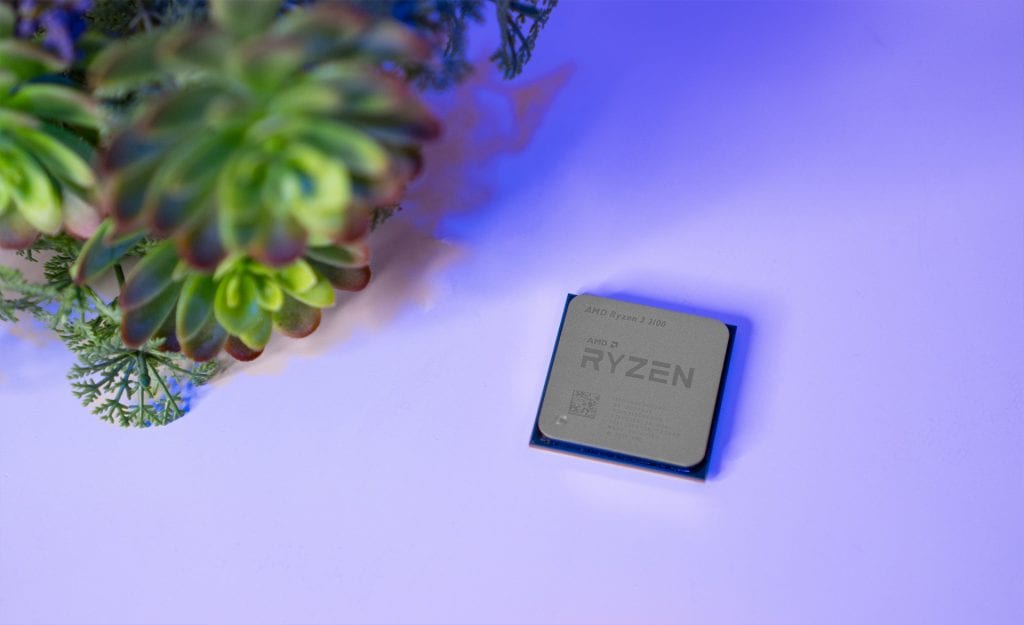
The performance improvements recorded over the years by AMD’s CPUs are linked to the evolution of the architecture and increasingly refined production processes. The possibility of reducing consumption and temperatures and increasing operating frequencies (maintaining turbo frequencies for a longer time) translates into better performance in all contexts of use and, in particular, in gaming.
Specification: Hashrate
| 1600X | 1600X | 3600X | 5600X | |
| Architecture: | Zen | Zen+ | Zen2 | Zen3 |
| Socket: | AM4 | AM4 | AM4 | AM4 |
| Core: | 6 | 6 | 6 | 6 |
| Threads: | 12 | 12 | 12 | 12 |
| L3 Cache: | 16 MB | 16 MB | 32 MB | 32 MB |
| Base frequency: | 3.6 GHz | 3.6 GHz | 3.8 GHz | 3.7 GHz |
| Maximum turbo frequency: | 4.0 GHz | 4.2 GHz | 4.4 GHz | 4.6 GHz |
| TDP: | 95 W | 95 W | 95 W | 65 W |
| Overclock: | Yup | Yup | Yup | Yup |
The benchmarks in play
Per compare the performance of the Ryzen 1600X, 2600X, 3600X and 5600X it is possible to consider the guaranteed performances, all other performances being equal, by these four CPUs. The analysis of the average FPS is a very indicative parameter that allows you to evaluate the behavior of the various generations of Ryzen processors in gaming.
The comparison between Ryzen 1600X, 2600X, 3600X and 5600X is also a comparison between processors that, over the years, have occupied a price range (the one around 300 euros) which is usually the one chosen by most users in the phase of composition of your configuration.
The first generation, represented by the Ryzen 1600X, already from the debut convinced users and critics thanks to the excellent general performances and, above all, to the low costs. The upgrade to Ryzen 2600X, as confirmed by the benchmarks, it was a major step forward generation. The comparison between the two CPUs, in fact, sees the 2600X record an improvement of about + 12% performance.
The leap generation recorded with the 3600X it was even better, to the benefit of the players. Compared to the 2600X, in fact, the 3600X guarantees a performance upgrade of about +15%. The leap forward in performance is also considerable when considering the transition from the first to the third generation. In this case, Ryzen CPUs guarantee an improvement of more than 32%.
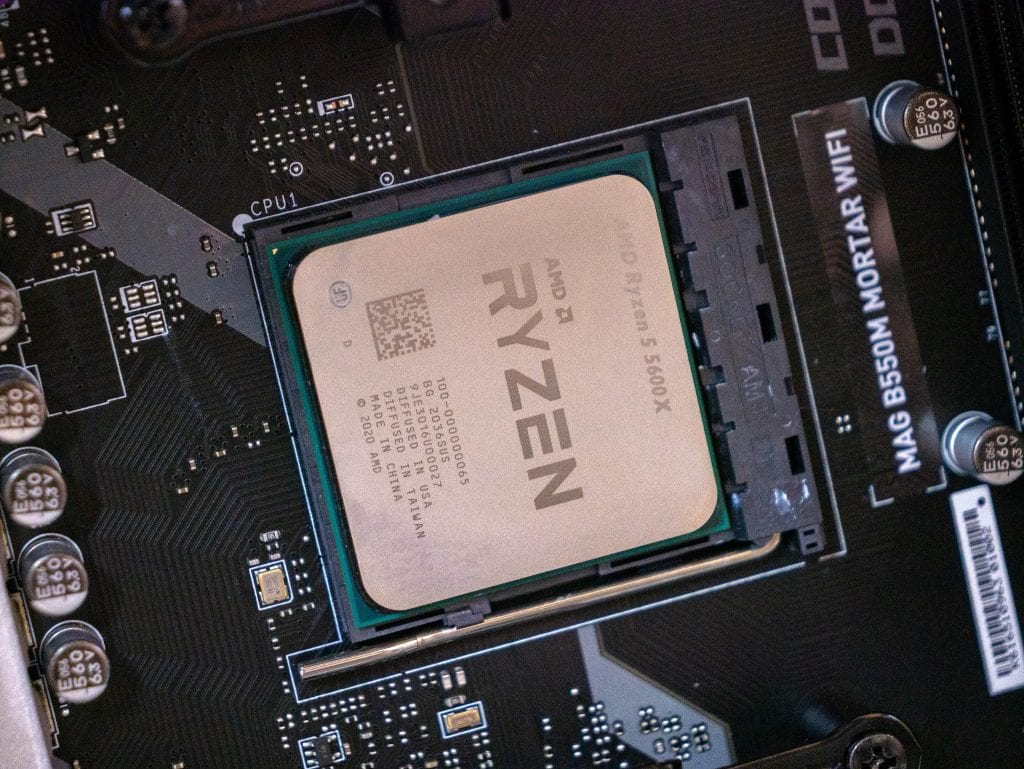
The transition to Zen3 and the new Ryzen 5600X confirms the performance growth of AMD’s CPUs. The work done by the company in refining its 6-core, 12-thread processor has been remarkable. The benchmarks reward the 5600X, highlighting its excellent results in comparison with its predecessors. Compared to the 3600X, in fact, the average improvement is of +22%.
Overall, the work done by AMD over the years has been remarkable. The move from the first Ryzen 1600X to the newer Ryzen 5600X, benchmark in hand, allows to obtain a notable performance upgrade. With all the other components of the PC being equal and continuing to be able to count on a configuration with 6 cores and 12 threads, the 5600X guarantees an improvement in performance of over +60%.
The leap generation between the various Ryzen processors is, therefore, also a significant leap in performance. Over the years, AMD’s CPUs have improved dramatically and the new 5600X guarantees a further substantial upgrade in terms of performance over its predecessor.
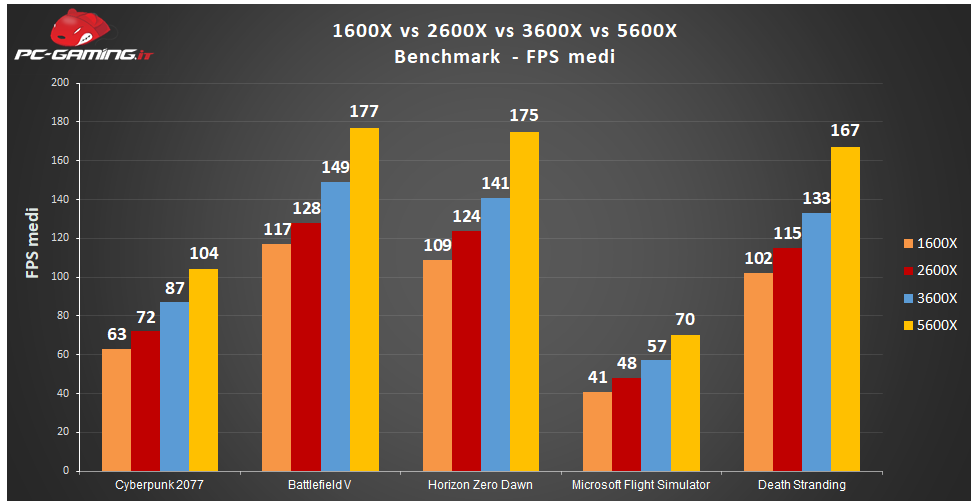
Ryzen 1600X vs 2600X vs 3600X vs 5600X– Conclusions: Is it worth updating?
The benchmarks carried out with many recent and particularly “demanding” in terms of resources confirm the performance evolution recorded by the CPUs of AMD. The transition from the “first” Ryzen 1600X to the more recent Ryzen 5600X certifies the work done by the company. AMD, over the years, has managed to optimize and improve its CPUs, offering users increasingly efficient and performing solutions.
Numbers in hand, therefore, upgrading from a Ryzen 1600X to a Ryzen 5600X may be a good choice. The increase in terms of FPS is considerable and can be considered as a good reason to update your configuration after a few years. The transition from generation to generation of AMD’s CPUs is also significant. The performance improvement between the 3600X and 5600X, while not as noticeable as in the comparison with the first generation, is undeniable.
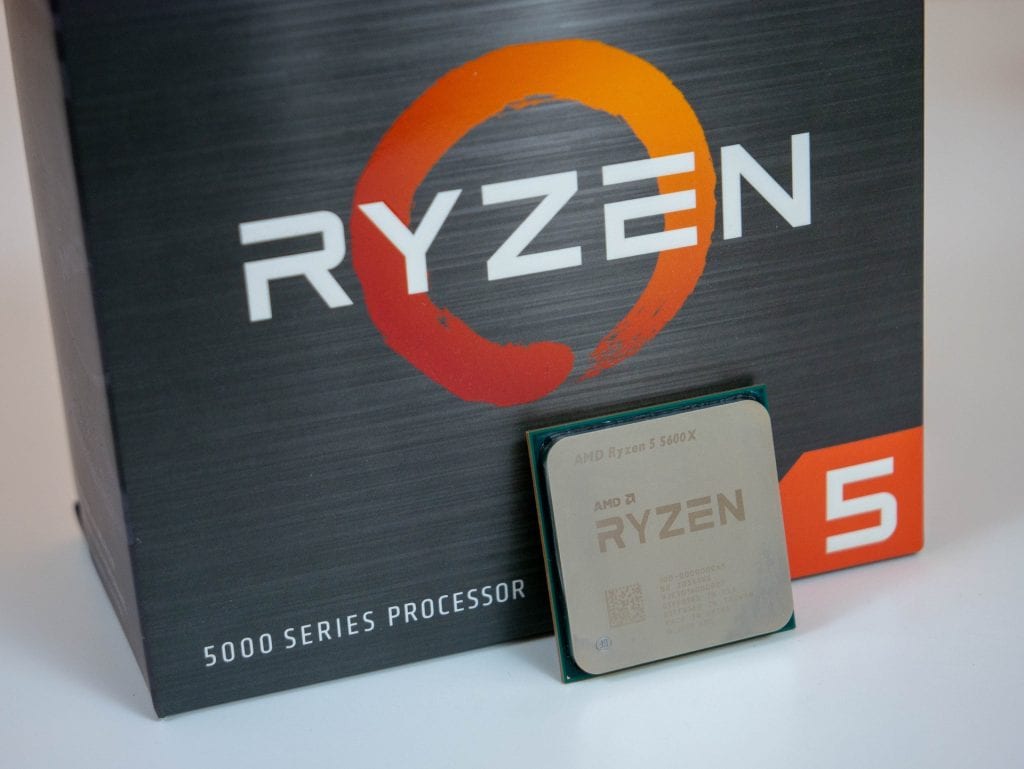
The newer 5600X is hardly a refresh or minor upgrade from AMD. This is a sizable upgrade. AMD’s most recent proposal in this particular market segment, that of mid-range CPUs, has all the credentials to become the reference for a new gaming configuration for several years. Upgrade your PC and switch to the latest proposals from AMD it can, therefore, be one winning move.
For the moment, it is still early to assess what the future evolutions of AMD’s range of processors will be. A future Ryzen 6600X it should feature Zen4 and a 6nm micro architecture. It should also be noted that AMD could abandon the 6/12 configuration to switch to 8/16, going to further increase the performance in the price range considered.
In any case, the generational leaps recorded in recent years for AMD’s CPUs have been considerable. Regardless of what will happen in the future, upgrading the processor today is certainly a valid choice. We will see, in a fairly distant future, what AMD’s moves will be for the new Ryzen.




